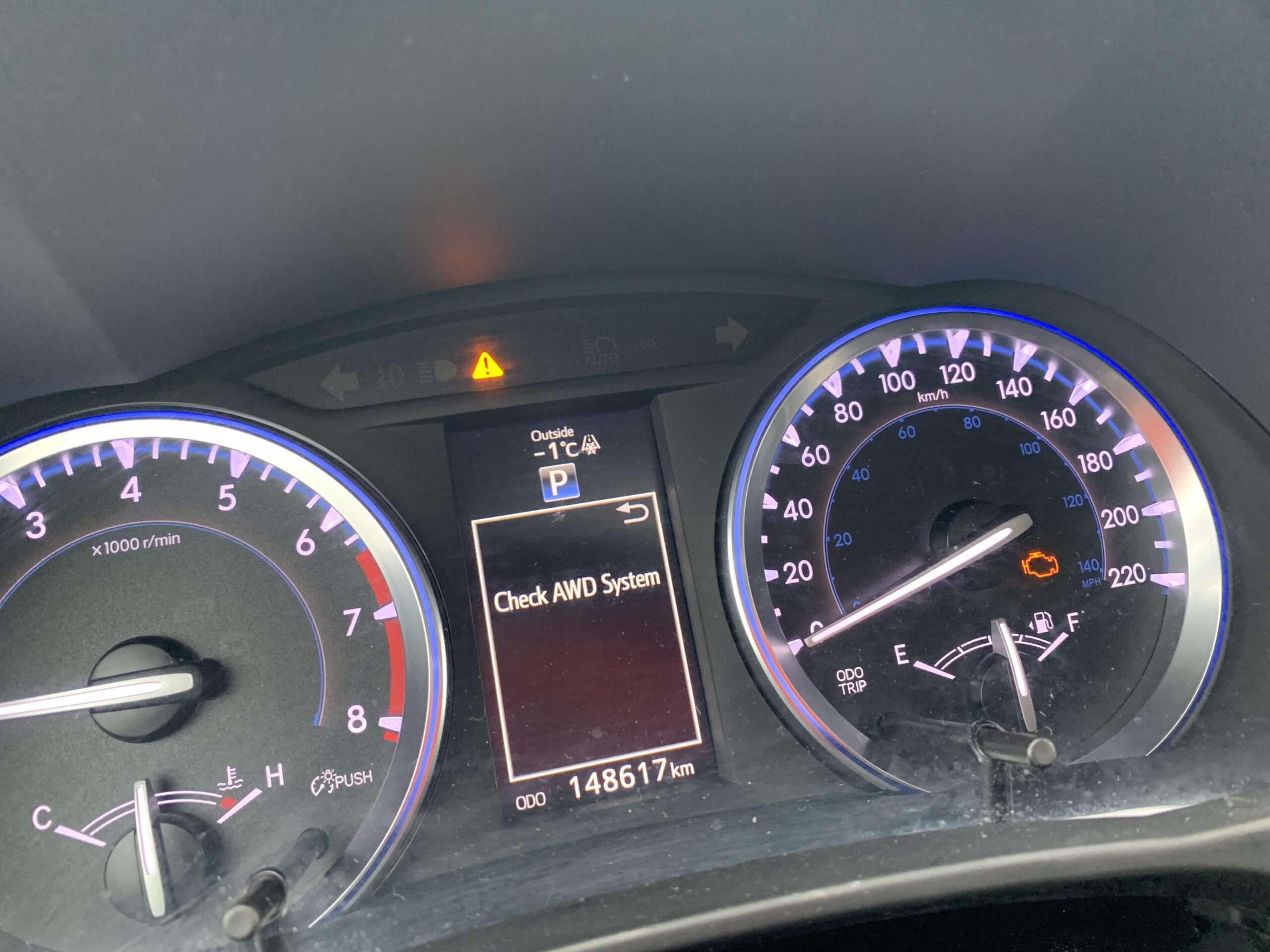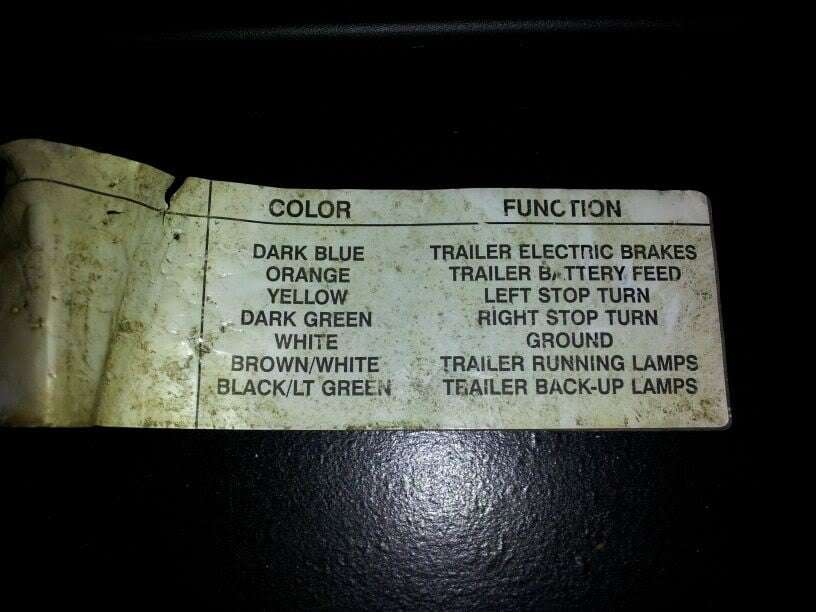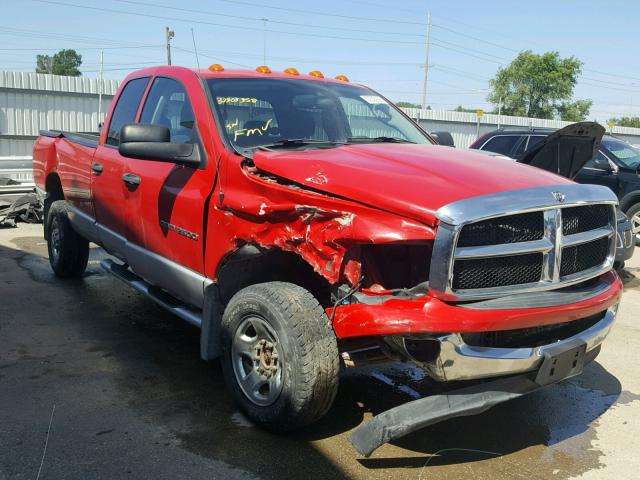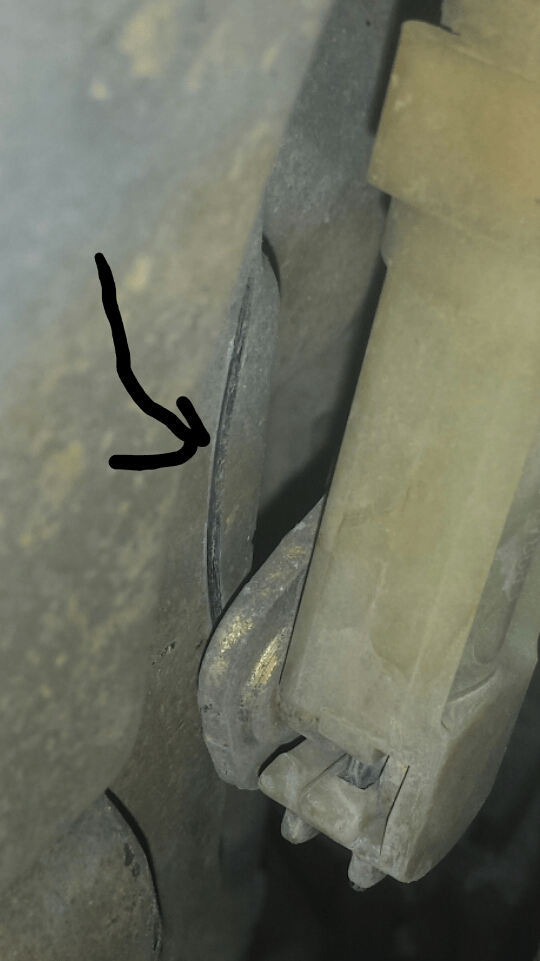Spare tires have higher PSI to ensure they can support the weight of a vehicle in case of a flat tire. Spare tires are an essential component in case of a flat tire emergency.
They are designed to be used temporarily until a permanent replacement is obtained.
One noticeable difference between spare tires and regular tires is the higher PSI (pounds per square inch) found in spare tires.
The higher PSI helps to compensate for the temporary use of the spare tire, ensuring it can adequately support the weight of the vehicle for a short period.
This higher inflation pressure ensures safe and stable driving until the main tire is repaired or replaced.
Understanding the reasons behind the higher PSI in spare tires can help drivers use them effectively and maintain their safety on the road.
Why Do Spare Tires Require Higher PSI?
Having a higher PSI in spare tires is crucial for several reasons.
Firstly, spare tires are designed to withstand increased load-bearing capacity. They need to support the weight of the vehicle and any additional passengers or cargo.
The higher PSI ensures that the tire can handle this added weight without compromising its performance.
Secondly, spare tires with higher PSI provide enhanced stability and control. When driving on a spare tire, having proper tire pressure is important for maintaining stability on the road.
Higher PSI helps in maintaining the shape and stability of the tire, allowing for better control during emergency situations.
Overall, spare tires with higher PSI are essential for ensuring the safety and functionality of your vehicle.
It is crucial to regularly check and maintain the correct tire pressure in your spare tire to ensure its effectiveness when needed.
Benefits Of Spare Tires With Higher PSI
Why do spare tires have higher PSI? Spare tires with higher PSI offer several benefits including improved fuel efficiency, extended tread life, and enhanced safety.
Higher PSI in spare tires contributes to improved fuel efficiency by reducing rolling resistance.
This means that less energy is required to move the tires, resulting in better mileage and lower fuel consumption.
Moreover, spare tires with higher PSI also promote extended tread life. The increased air pressure evenly distributes the weight and load on the tire, preventing uneven wear and tear.
This helps prolong the lifespan of the spare tire, providing better value for money.
Additionally, higher PSI in spare tires enhances safety on the road.
The increased air pressure ensures better handling and stability, especially during emergency maneuvers. This reduces the risk of accidents and enhances driver and passenger safety.
| Benefits of Spare Tires with Higher PSI |
|---|
| Improved Fuel Efficiency |
| Extended Tread Life |
| Enhanced Safety |
Factors Influencing The Recommended PSI for Spare Tires
Factors influencing the recommended PSI for spare tires include vehicle weight and size, tire construction, and driving conditions.
When it comes to vehicle weight and size, heavier vehicles typically require higher PSI to support the additional load.
Additionally, tire construction plays a role in determining the recommended PSI. Tires with stiffer sidewalls may require higher PSI to maintain proper stability and handling.
Moreover, the driving conditions also impact the recommended PSI of spare tires. Driving on rough or uneven surfaces may necessitate higher PSI to prevent damage to the tire.
On the other hand, driving on smooth roads may require a lower PSI for a smoother ride.
In summary, several factors, such as vehicle weight and size, tire construction, and driving conditions, contribute to the recommended PSI for spare tires.
Understanding The PSI Rating On Spare Tires
The PSI rating on spare tires is essential for ensuring optimal performance and safety. PSI stands for “pounds per square inch,” and it represents the amount of air pressure the tire can accommodate.
A higher PSI rating means the tire can handle more air pressure, which provides several benefits:
- Improved stability and handling: Higher air pressure helps maintain the tire’s shape and stability, allowing for better control while driving.
- Enhanced load-carrying capacity: Spare tires often have a higher PSI rating to support the additional weight when replacing a flat tire.
- Reduced rolling resistance: Properly inflated tires with higher PSI ratings can help improve fuel efficiency by reducing rolling resistance.
When interpreting the PSI rating, it’s crucial to refer to the vehicle manufacturer’s recommendations.
Overinflating or underinflating the spare tire can lead to uneven wear, reduced traction, and potential blowouts.
| PSI Rating | Interpretation |
|---|---|
| 32-35 PSI | Standard PSI range for most spare tires. |
| Above 35 PSI | Higher PSI rating for heavy-duty vehicles or specific circumstances. |
Ensuring proper inflation of the spare tire is crucial before hitting the road.
Regularly check the tire pressure and inflate or adjust accordingly to maintain the recommended PSI.
It’s also important to inspect the spare tire for any signs of damage and replace it if needed. Keeping the spare tire in optimal condition ensures peace of mind during unexpected flat tire situations.
Common Misconceptions About High PSI In Spare Tires
Have you ever wondered why spare tires have higher psi? Let’s debunk some common misconceptions about high psi in spare tires.
Myth 1: High PSI Causes Stiff Ride
Contrary to popular belief, high psi does not automatically result in a stiff ride. The ride quality is influenced by various factors such as tire construction, suspension, and driving conditions.
While excessively high psi can lead to a harsher ride, properly inflated spare tires with higher psi provide the necessary support and stability.
Myth 2: High PSI Results in Reduced Traction
Another misconception is that higher psi reduces traction. In reality, tire traction is determined by the quality and condition of the rubber, tread pattern, and road surface.
Maintaining the recommended psi ensures optimal tire contact with the road, enhancing traction and overall safety.
Myth 3: High PSI Causes Uneven Tire Wear
High psi does not directly cause uneven tire wear. Uneven tread wear can be attributed to alignment issues, improper tire rotation, or suspension problems.
Regular maintenance, including proper inflation, alignment checks, and rotation, is essential for even tire wear and to extend tire lifespan.
Understanding these misconceptions is vital to make informed decisions about spare tire maintenance.
Remember, following the manufacturer’s recommendations for psi ensures safe and efficient performance.
Tips For Maintaining Proper Inflation In Spare Tires
Spare tires play a crucial role in ensuring your safety on the road. But have you ever wondered why spare tires have a higher PSI (pounds per square inch) than regular tires?
The reason behind this is that spare tires are typically smaller in size and have less load-bearing capacity compared to regular tires.
As a result, they require higher pressure to support the weight of your vehicle.
When it comes to maintaining proper inflation in your spare tire, there are a few tips you should keep in mind. First and foremost, regular pressure checks are essential.
Over time, air can escape from your spare tire, leading to under-inflation. By checking the pressure regularly, you can ensure that it is at the optimum level.
Extreme temperatures can also affect tire pressure, including spare tires. In hot weather, the air inside the tire expands, causing the PSI to rise.
Conversely, in cold weather, the air contracts, leading to lower pressure. To maintain proper inflation, it’s important to adjust the PSI accordingly based on the temperature.
Using a quality tire pressure gauge is crucial for accurate readings. Make sure you invest in a reliable gauge that is easy to use and provides precise measurements.
By using a gauge regularly, you can identify any changes in PSI and address them promptly.
Risks Of Underinflated Spare Tires
| Risks of Underinflated Spare Tires |
Spare tires are specifically designed for temporary use in case of emergencies such as flat tires.
However, many people overlook the importance of maintaining the correct PSI (pounds per square inch) in their spare tire. Underinflated spare tires can pose several risks:
- Reduced Load Capacity: When spare tires have lower PSI, their load-carrying capacity diminishes. This means that they may not be able to support the weight of a fully loaded vehicle properly.
- Increased Risk of Blowout: Underinflated spare tires are more prone to blowouts. The lack of proper inflation can cause excessive heat buildup, leading to tire failure.
- Negative Impact on Handling and Control: Insufficient tire pressure negatively affects the handling and control of a vehicle. It can result in poor traction, reduced stability, and compromised steering response.
Regularly checking and maintaining the proper PSI in your spare tire is crucial to ensure your safety on the road.
Always refer to your vehicle manual for the recommended tire pressure and inspect your spare tire before embarking on a journey.
Why Do Spare Tires Have Higher PSI?
Spare tires have higher PSI (pound per square inch) to compensate for their temporary use. Since they’re not designed for long-term driving, the higher pressure helps support the weight of the vehicle while maintaining stability and preventing damage. It’s important to always follow the manufacturer’s recommended PSI for the safe and efficient use of spare tires.
Conclusion
Spare tires have higher psi to ensure they can withstand the weight of the vehicle and provide a safe driving experience in emergency situations.
It is important to remember that using a spare tire is only a temporary solution, and it is necessary to replace it with a regular tire as soon as possible.
So, next time you find yourself needing to use a spare tire, make sure to drive cautiously and prioritize your safety.

















